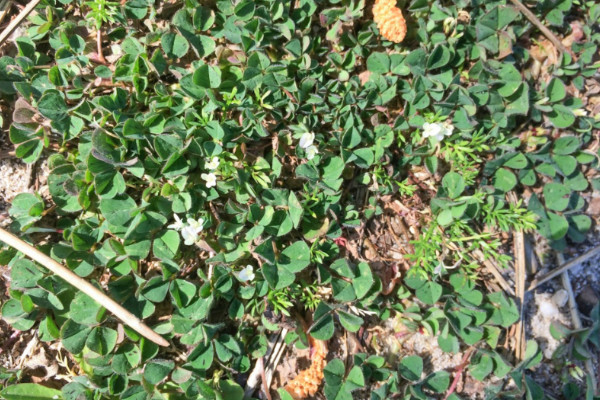A few distinct types of zone 7 cover crops cater to various needs in various places. Legumes, clovers, cereals, mustards, and vetch are examples of diverse types of winter cover crops.
The following types of crops are the seven best winter cover crops zone 7.
7 Best Winter Cover Crops Zone 7
1. Alfa
Alfalfa is a cool-season perennial often used as a feed crop, winter cover crops zone 7, and soil conditioner. Alfalfa is a nutrient-dense plant that also happens to be a natural nitrogen supply. It’s perfect for improving soil and preventing erosion.

The vast root system of alfalfa feeds both plants and soil. Growing alfalfa in your garden is simple, as the plant has been farmed for decades. Continue reading to learn more about alfalfa farming.
2. Oats
Many of us are aware of the health advantages of oatmeal and buy it regularly, but have you ever wondered if you can grow oats at home? Growing oats in a home garden are similar to growing grass for a lawn, only you consume the seed heads instead of mowing them down. Do you want to grow your oat grains?

Crushed, rolled, or processed into flour, oats are utilized in a variety of ways. Oats are even used to make beer in England, and a cold beverage prepared from pulverized oats and milk is popular in Latin America.
3. Black Medic
Black medic (Medicago lupulina) is a perennial winter cover crops zone 7 that blooms every year (but is not part of the clover genus). It bears the typical teardrop-shaped leaves of clovers, but unlike other clovers, it has yellow blooms.

It is usually a one-year plant, although, in some warmer climates, it can live for several years. The leaves, like many clovers, grow in threes and are oval. Small yellow flowers, resembling pom-poms, will blossom on stems that develop from the branches of each group of leaves.
4. White Clover
Some people are looking for an alternative to the typical grass lawn and wonder if white clover may be used as a grass substitute in today’s more ecologically concerned society. It is possible to produce a white clover lawn, but a few things to consider before diving in head first.

Clover should be planted in the spring or summer to have enough time to establish itself before the cold season arrives.
5. Subterranean Clover
Plants like subterranean winter cover crops zone 7 are legumes, which means they can fix soil nitrogen. Much of a plant’s growth is dependent on the availability of nitrogen. Subterranean clover (Trifolium subterraneum) is a nitrogen-fixing plant that spreads via underground stolons or specialized stems. The plant can be used in a variety of agricultural situations.

The plant’s extensive network of stolons acts as a weed suppressor by choking off the roots of competing species and suffocating new seedlings.
6. Austrian Winter Peas
Austrian winter peas (Pisum sativum), also known as field peas, have been farmed for millennia worldwide, principally as a valuable source of nutrition for humans and livestock.

Today, Austrian winter peas are commonly used as a cover crop in agriculture and by home gardeners and backyard chicken producers.
7. Crimson Clover
The Mediterranean region is home to the crimson clover (Trifolium incarnatum). Crimson clover, often known as incarnate clover due to its blood-red blossoms, has been employed as a cover crop in the United States since the mid-1800s.

It is now the most widely used legume winter cover crops zone 7 and feed plant for cattle in the United States. Crimson clover has become a significant nectar source for honeybees and other pollinators in the United States, even though it is not a native plant.
Conclusion
These seven best winter cover crops zone 7 scavenge soil Nitrogen nutrients as they grow and ultimately release them for the following crops to use. They also help in the control of weeds and soil erosion.
WINTER COVER CROPS: Best Winter Cover Crops for Vegetable Garden | Winter Cover Crops for Zone 9 | Winter Cover Crops for Zone 7 | Winter Cover Crops for Zone 6
